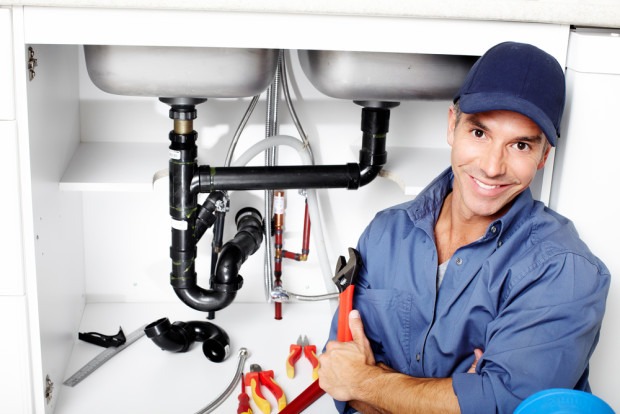A Step-by-Step Guide to Reliable Hot Water Heater Setup for Optimum Performance
Embarking on the job of installing a water heating system is an endeavor that demands precision and a methodical method for achieving optimal efficiency. As you proceed, the ins and outs of connecting water supply lines and establishing up reliable electrical or gas links wait for, appealing understandings into guaranteeing performance and integrity.
Choosing the Right Water Heating System

Next, think about the size and ability of the water heating system. It's vital to analyze your household's hot water requirements, which can vary based upon the variety of passengers and their use patterns. An unit that's too little might lead to insufficient warm water, while an extra-large model might result in unnecessary energy usage.
Performance rankings additionally play an essential function in option. Look for hot water heater with high Power Variable (EF) rankings, indicating remarkable efficiency and reduced energy use. Tankless models, though usually much more expensive upfront, deal considerable power cost savings with time because of their on-demand heating capabilities.
Preparing the Setup Location
Prior to mounting a brand-new water heater, careful prep work of the setup location is important. It's important to gauge the room thoroughly to accommodate the water heating system's measurements, guaranteeing appropriate clearance around the system for efficient operation and maintenance.
Examine the floor for stability, as the water heating unit will certainly require a strong, degree surface area to operate efficiently. If necessary, mount a drip pan beneath the device to capture potential leaks or spills, protecting against water damages to the surrounding location.
Furthermore, guarantee that all needed tools and materials are on hand before beginning the setup. This includes products such as wrenches, screwdrivers, a degree, and any kind of additional hardware needed for mounting and protecting the heater. A well-prepared installment location sets the foundation for a successful hot water heater configuration, maximizing performance and safety.
Connecting Water Lines
When connecting water lines to your newly installed water heater, it is essential to ensure that all links are secure and leak-free to maintain reliable operation and protect against water damages. Begin by recognizing the cold and hot water supply lines. The chilly water inlet is usually noted with a blue label or a "C", while the hot water outlet is noted with a red tag or an "H".
Usage versatile water heater adapters to help with a much easier installment procedure. Prior to connecting the connectors, put a plumbing professional's tape around the threaded ends of the water heater's inlet and electrical outlet official website pipes.
Once connections are in location, gradually turn on the primary water supply valve. Inspect each link for leaks by visually feeling and examining for wetness. Tighten up connections as necessary, and make certain the stress alleviation valve is correctly set up, guarding versus excessive stress build-up.
Establishing Up Electrical or Gas Links
Effectively setting up the electrical or gas connections for your water heater is an essential action to make certain efficient and risk-free procedure. For electrical water heaters, begin by validating that the electrical circuit is compatible with the heating system's voltage and amperage requirements.
For gas hot water heater, security is vital. Verify that the gas supply is off before continuing. Link the gas line to the hot water heater utilizing a flexible gas adapter, guaranteeing it is properly threaded and sealed with pipe joint substance or Teflon tape appropriate for gas links. Tighten up the connections with a wrench, making sure not to over-tighten (Drain Cleaning Alabaster AL).
As soon as connections are made, inspect for any prospective leaks. For gas lines, use a soapy water option to the joints; bubbles indicate a leakage. For electrical connections, double-check that all circuitry is safe and secure and properly insulated, preserving conformity look at more info with neighborhood electrical codes.
Testing and Changing for Effectiveness
With the electrical and gas connections firmly in area, the next action is evaluating the functional performance of your water heating unit. Begin by thoroughly turning on the water supply and guaranteeing there are no leaks at any of the joints or shutoffs.
Next, execute an extensive examination to guarantee the burner or gas burners are functioning other appropriately. For electric heating units, use a multimeter to verify if the elements are drawing the suitable existing. In gas models, observe the heater fire; it needs to be consistent and blue, suggesting reliable burning.
Adjust the settings as needed to remove inefficiencies. Think about executing insulation actions, such as adding a hot water heater blanket, to further enhance efficiency by lessening heat loss. Additionally, examine the anode rod's condition, as a tatty pole can decrease effectiveness and cause storage tank deterioration.
Verdict
Reliable water heating system installation is critical for making certain optimal efficiency and power financial savings. Safely linking water supply lines and meticulously establishing up electric or gas connections minimize potential concerns.

Correctly establishing up the electric or gas links for your water heating unit is a crucial action to guarantee efficient and secure procedure. For electrical water heating systems, begin by validating that the electrical circuit is suitable with the heating system's voltage and amperage demands. Attach the gas line to the water heating unit utilizing a flexible gas adapter, ensuring it is properly threaded and secured with pipe joint substance or Teflon tape appropriate for gas connections.